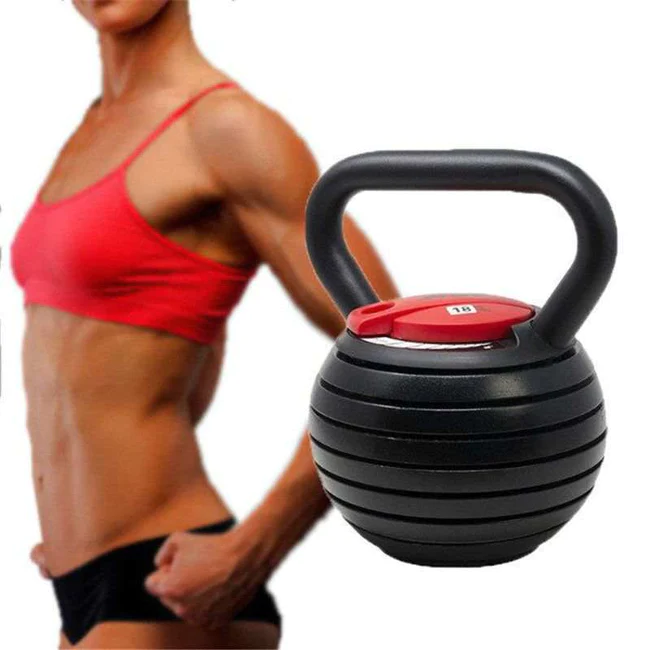Kettlebell training has surged in popularity, and for good reason. These versatile weights provide a unique and effective way to enhance strength, endurance, and overall fitness. In this comprehensive guide, we will delve into the world of kettlebell workouts, exploring their history, benefits, proper techniques, and a variety of exercises to help you unlock the full potential of this dynamic fitness tool.
I. The Origins and Evolution of Kettlebell Training: Kettlebells have a rich history rooted in Russia, where they were originally used by strongmen and military personnel. Over time, the benefits of kettlebell training spread globally, evolving into a mainstream fitness phenomenon. The unique design of the kettlebell, with its off-center mass, challenges the body in ways traditional weights cannot, making it a favorite among fitness enthusiasts and athletes alike.
II. Benefits of Kettlebell Workouts:
- Full-Body Engagement: Kettlebell exercises engage multiple muscle groups simultaneously, promoting holistic strength development.
- Functional Fitness: The dynamic movements in kettlebell workouts mimic real-life activities, enhancing functional strength and coordination.
- Cardiovascular Endurance: Many kettlebell exercises elevate the heart rate, providing an effective cardiovascular workout in addition to strength training.
- Time-Efficient: Kettlebell workouts often involve compound movements, allowing for efficient full-body workouts in a shorter amount of time.
- Versatility: From swings and snatches to Turkish get-ups, the kettlebell offers a wide range of exercises that can be tailored to various fitness levels and goals.
III. Mastering Kettlebell Techniques: Proper technique is crucial in maximizing the benefits of kettlebell workouts while minimizing the risk of injury. Key principles include:
- Neutral Spine: Maintain a neutral spine throughout movements to protect the lower back.
- Hip Hinge: Kettlebell exercises often involve a hip hinge movement, emphasizing the use of the hips rather than the lower back.
- Proper Gripping: The handle of the kettlebell should be gripped firmly, with wrists in a neutral position.
- Controlled Movements: Avoid using momentum; focus on controlled, deliberate movements to fully engage the muscles.
- Breath Control: Coordinate your breath with movements to enhance stability and endurance.
IV. Essential Kettlebell Exercises:
- Kettlebell Swing: A fundamental exercise targeting the posterior chain, improving hip power and explosiveness.
- Turkish Get-Up: A complex movement that enhances core stability, shoulder strength, and overall mobility.
- Goblet Squat: Targets the lower body while challenging core stability and promoting proper squat form.
- Kettlebell Snatch: A dynamic full-body exercise that builds strength and improves cardiovascular fitness.
- Kettlebell Press: Strengthens the shoulders, triceps, and upper back, promoting upper body stability.
V. Designing a Kettlebell Workout Routine:
Crafting an effective kettlebell workout involves selecting a variety of exercises that target different muscle groups. Consider factors such as workout frequency, intensity, and rest periods. Sample routines may include a combination of swings, squats, presses, and core exercises. Gradually progress in weight and intensity to challenge your body and promote continuous improvement.
Conclusion:
Incorporating kettlebell workouts into your fitness routine can elevate your strength, endurance, and overall well-being. Whether you're a beginner or an experienced fitness enthusiast, the versatility of kettlebells makes them an invaluable addition to any workout regimen. Embrace the kettlebell, and unleash the transformative power it holds for your fitness journey.


